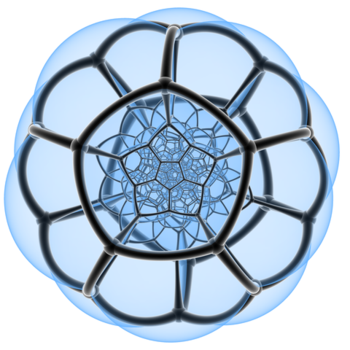What are the removable and non-removable discontinuities, if any, of #f(x)=(3x^2-7x-6 )/ (x-3 ) #?
2 Answers
Removable discontinuity at
No non-removable discontinuity.
Explanation:
We have the only discontinuity at
Explanation:
When dealing with quotients of continuous functions, discontinuities arise at points that nullify the denominator.
In our specific case
Intuitively, a discontinuity is removable if we can extend the function to a continuous one by assigning a value to the point where the discontinuity occurs. More formally, if
In our specific case we want to check if
Since the limit exists and is finite,


